Swimming with whales is an emerging form of tourism worldwide and is gaining interest in Australia, (where it was approved by government in 2017 as a commercial activity), with commercial operations running on both the east and west coasts of the country. In Hervey Bay, Queensland, several companies offer tours for passengers to enter the water with humpback whales while following regulations set by the Queensland Government. In 2018, with the purpose of understanding and monitoring the new tourism industry, Pacific Whale Foundation initiated a scientific study to assess the possible impacts of the Swim-With-Whale (SWW) activity on humpback whale behaviour in Hervey Bay. Pacific Whale Foundation has researched humpback whales in eastern Australia since the 1980s and has a long-term dataset that provides valuable baseline information on whales in Hervey Bay and their behaviour in the area. To conduct this research, Pacific Whale Foundation collaborates with PWF Eco-Adventures Australia to offer a Hervey Bay Swim-with-Whales Impact Study trip. This trip is a unique opportunity for passengers to enter the water with humpback whales and be a part of the scientific research conducted to better understand and protect them.
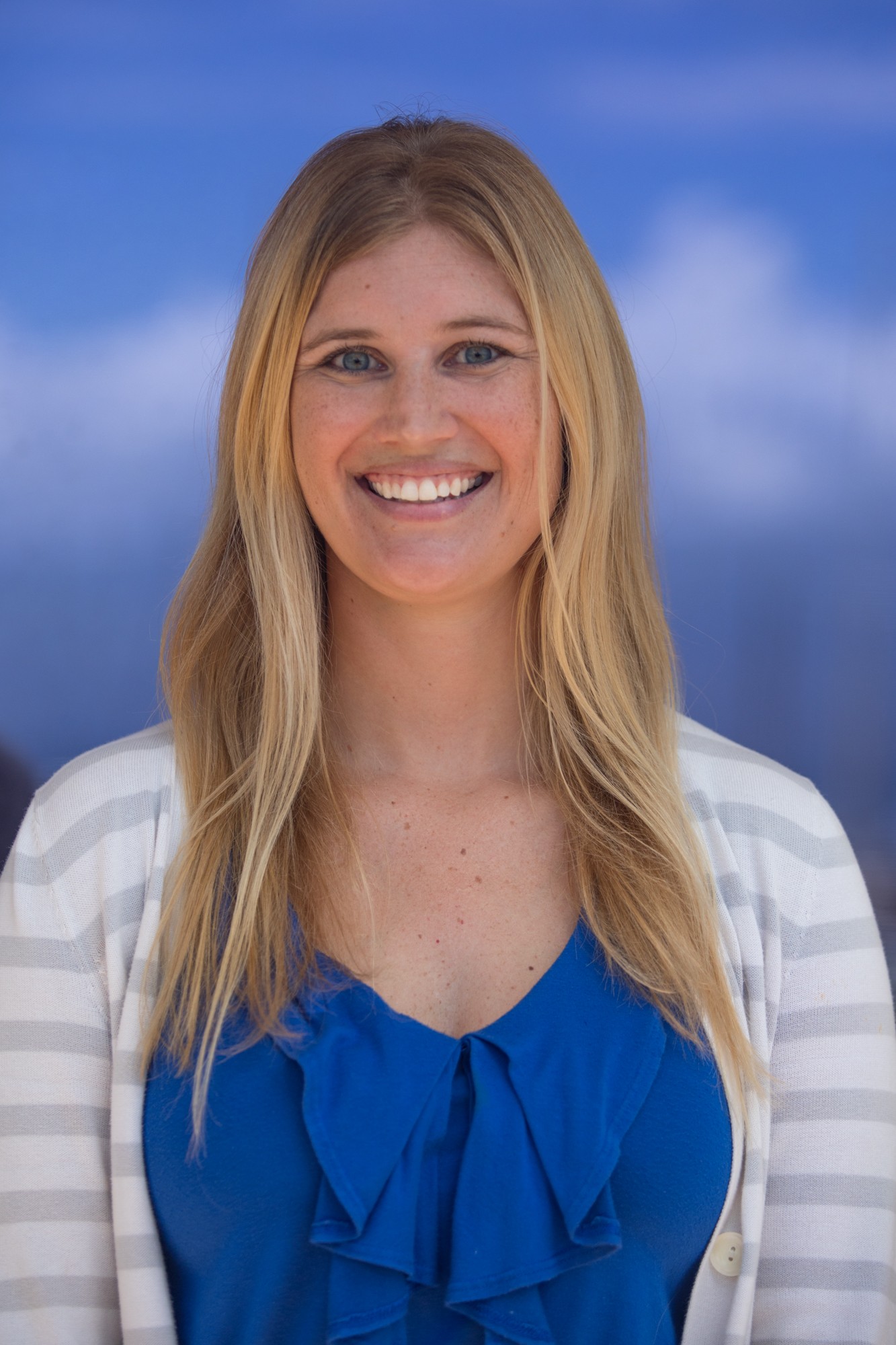
Q: Who are you and what is your role in this research project?
My name is Grace Olson, and I am a Research Biologist with Pacific Whale Foundation, based out of Maui, Hawai‘i. I am currently on a remote assignment in Hervey Bay, Australia, where my job is to collect systematic data for our Hervey Bay Swim-With-Whales Impact Study. To do this, our subsidiary company, PWF Eco-Adventures Australia is offering a special trip that allows passengers to participate in our research so I may collect data about this form of tourism. I also join swim-with-whale trips offered by some other tour operators in the Bay, so I can collect a robust data set, and I am grateful to them for allowing me on board. For this project, I work with a research intern to collect behavioural observations before, during, and after the passengers enter the water with the humpback whales, as well as photo-identification and sighting data throughout the encounter.
Q: Why does PWF want to study the effects of tourism? What are the goals of this project?
Pacific Whale Foundation initiated this study in 2018 to examine the potential impacts of commercial swim-with-whale activity on the behaviour of humpback whales in Hervey Bay, Queensland. Worldwide, few studies that have looked at the effects of this form of tourism activity on large whales, and the impact on humpback whales in Hervey Bay are unknown. The International Whaling Commission’s Scientific Committee has recommended that research should be conducted anywhere a swim-with-whales activity is taking place to monitor the possible impact on individuals, groups and populations. So PWF decided to take the lead and conduct scientific research to find out more about the effect of the SWW tourism here in Hervey Bay. The goals of this study are to (1) better understand if whales change their behaviour due to the presence of humans in the water (2) identify factors, if any, that may influence changes in whale behaviour in response to swimmers (3) use the findings from the study to help to guide ‘best practices’ for tour operators conducting this commercial activity and provide recommendations to managers to inform future decision-making.
Q: What is the best part of your job?
Since I am a whale nerd, one of the best parts of my job is studying different species of marine mammals and being able to observe their different behaviours. While I have been in Hervey Bay, I have seen three species of marine mammals I have never encountered before: dugongs, Australian humpback dolphins, and southern right whales! I have also been able to see some exciting and different humpback whale behaviours. The whales use this area as a resting stop on their migration, so some of the interactions are unique and differ from what is observed in their feeding or breeding grounds.
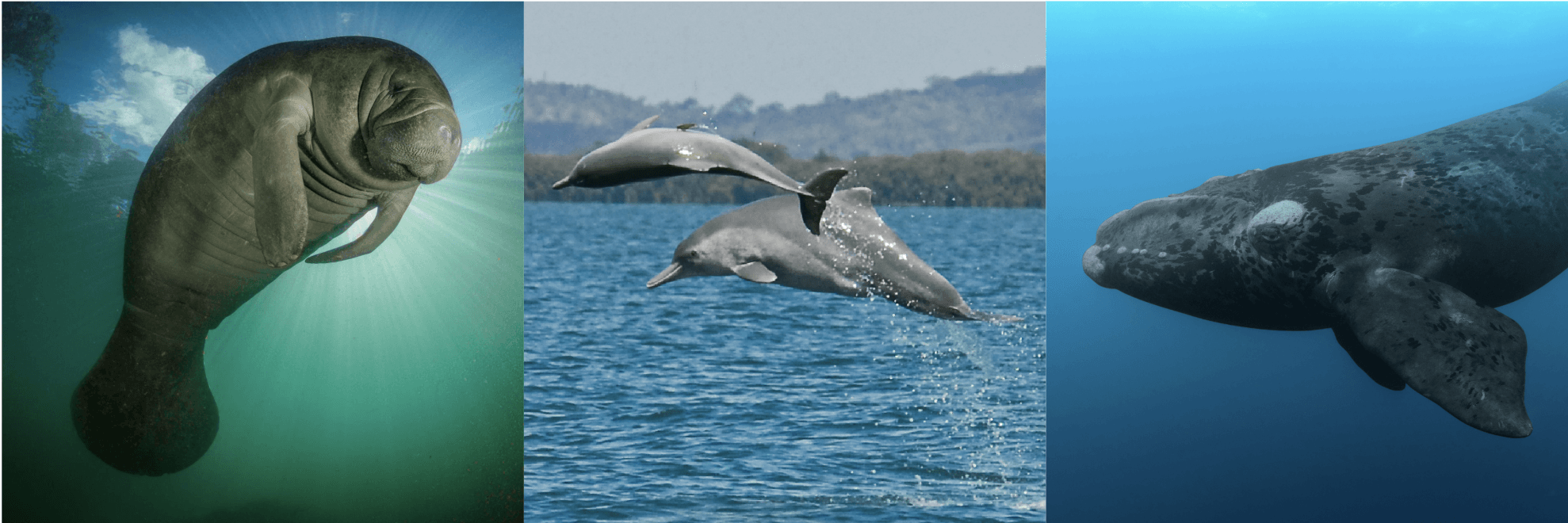
Another thing I love about my job is that, as part of doing the Hervey Bay Swim-With-Whales Impact Study I get to engage with passengers. I have enjoyed being able to share our work with them and see the inspiration that comes with seeing humpback whales in the wild. After coming on our research trip, many of the passengers have a greater connection, appreciation, and knowledge for these animals. I am proud of both how impactful the work that we are doing will be for the humpback whales and that we can empower our passengers to advocate for the whales and the ocean.
Q: What does a typical day of research look like in Hervey Bay? What should people expect on the SWW trip?
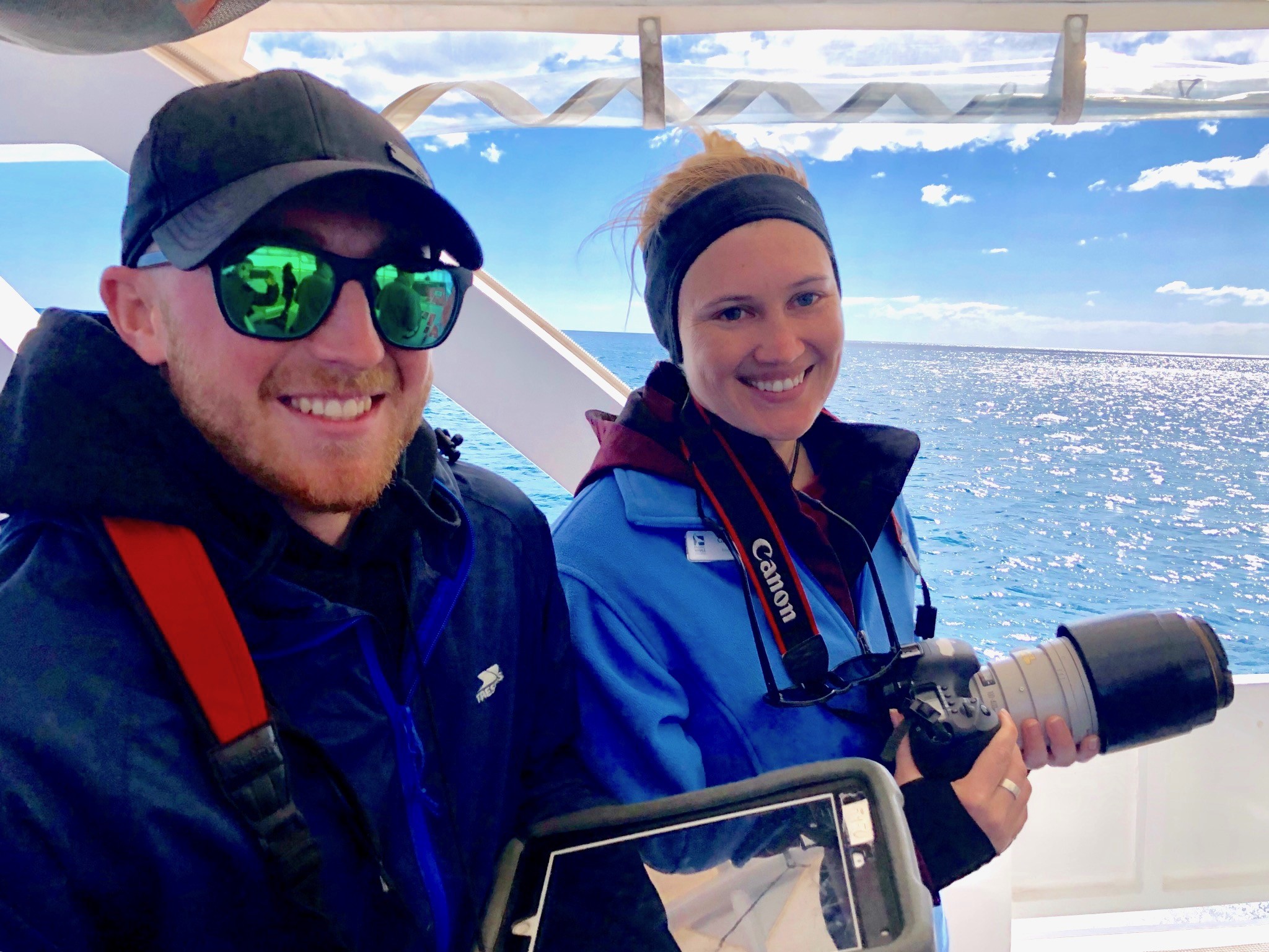
I try to collect data on swim-with-whale trips every day, as that is my primary focus. These trips leave the harbor at 7 am and I assist the captain and crew in trying to locate a pod of humpback whales. Once we spot whales, my research intern, Luke, and I gather our research equipment and get ready to start our behavioural observations. The study is designed to collect the data using a “Before”, “During” and “After” structure. Prior to any swimmers entering the water, we collect data for a 15 minute “Before” interval. Throughout that time we continuously record detailed behaviour observations of the pod, the distance of the whales from the vessel, and collect photo-ID of the animals while the swimmers prepare to enter the water. Once the “ Before” interval is complete if the pod is over 100 meters from the vessel and meets all the requirements of the SWW code of conduct, the skipper and I give the signal and the passengers slowly and quietly enter the water holding onto the mermaid line. Then, we continue our data collection on the behaviour of the whales “During” the swim activity. When the swimmers exit the water, the same data collection continues for a 15 minute “After” interval. We do not have a dedicated research vessel in Hervey Bay, so we conduct photo-identification research using whale watches as a platform for opportunistic data collection. So, after the swim with whales trip is over, Luke and I head out on Ocean Defender to conduct more research on an afternoon whalewatch. When we return from the second trip of the day we spend time in our office downloading and processing the photos and data we collected throughout the day.
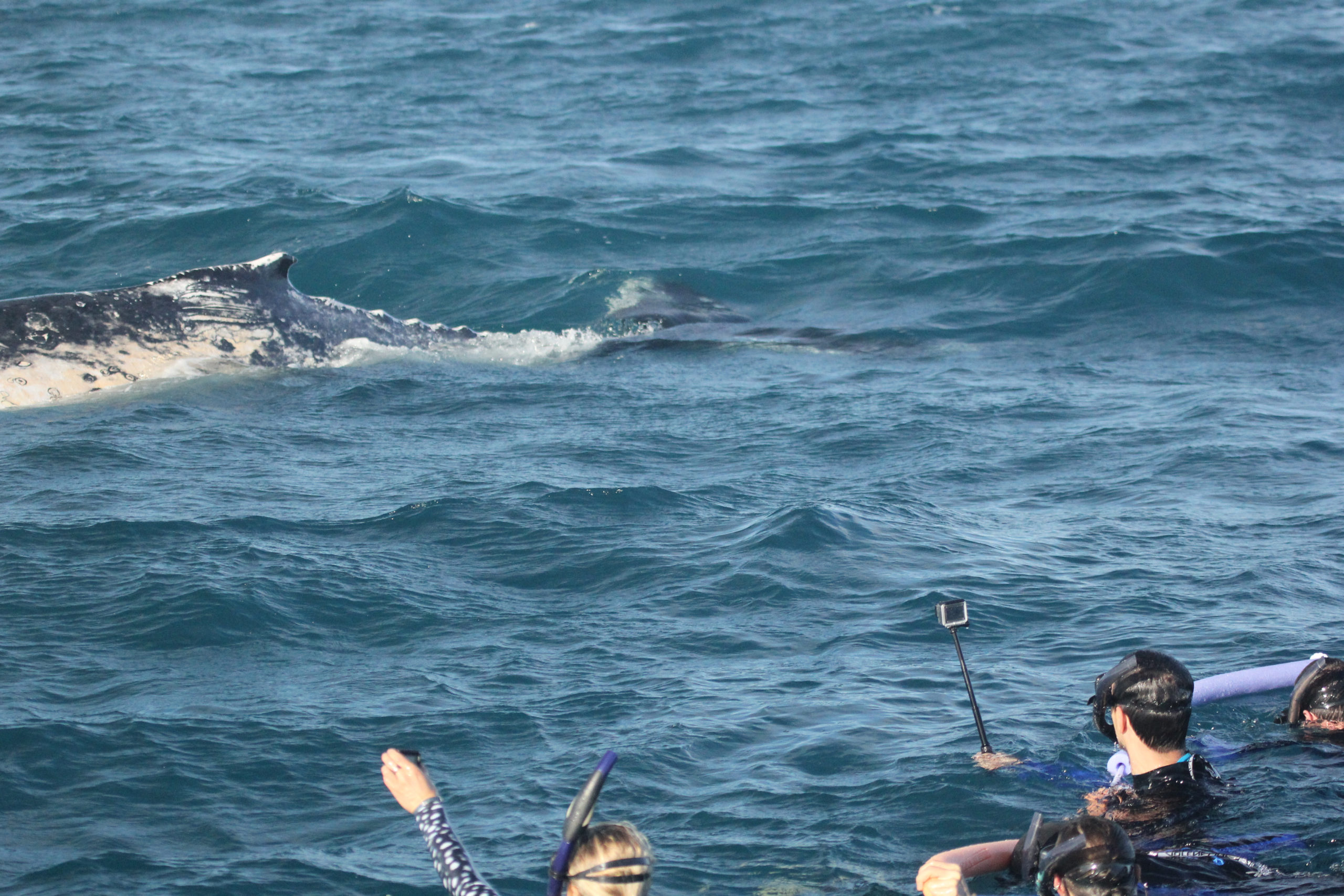
Q: What is something people would be surprised to learn about being a whale researcher?
While I love being on the boat and studying whales and dolphins, many people would be surprised to learn that being in the field and collecting data is only a small part of my job. I enjoy conducting fieldwork to collect data; however, the most important work occurs in our office. In the office, I work closely with the rest of the research team and spend many hours processing data, managing large photo-ID databases, conducting data analysis, and working on scientific manuscripts to share the results of our studies.
Q: How can people support this project or become involved?
Pacific Whale Foundation would not be able to complete the data collection for our Hervey Bay Swim-With-Whales Impact Study without members of the public participating in the immersive activity. This trip runs five days a week at 7 am and has room for nine swimmers to participate in the in-water activity. We also have room for other passengers to come on board and join as observers. This year, the trips will continue running through September 10th. To reserve your spot, you can book online or call 07-3184-8562.

Members of the public can also download and use our free app, Whale & Dolphin Tracker, to submit information on wildlife sightings from any location in the world to contribute to a global database of marine sightings. This mobile application (app) was conceived by the researchers at Pacific Whale Foundation as a low-cost way to collect standardized data about whales and dolphins. This app is freely available on both the App Store and Google Play.
Another way to be involved with Pacific Whale Foundation’s research is to donate your whale photographs to our photo-ID catalogue! We seek high-resolution photographs along with the date and location your whale was sighted. By donating your photo, you will help us monitor life history traits, population trends, and habitat use patterns of whales and dolphins in our study locations.
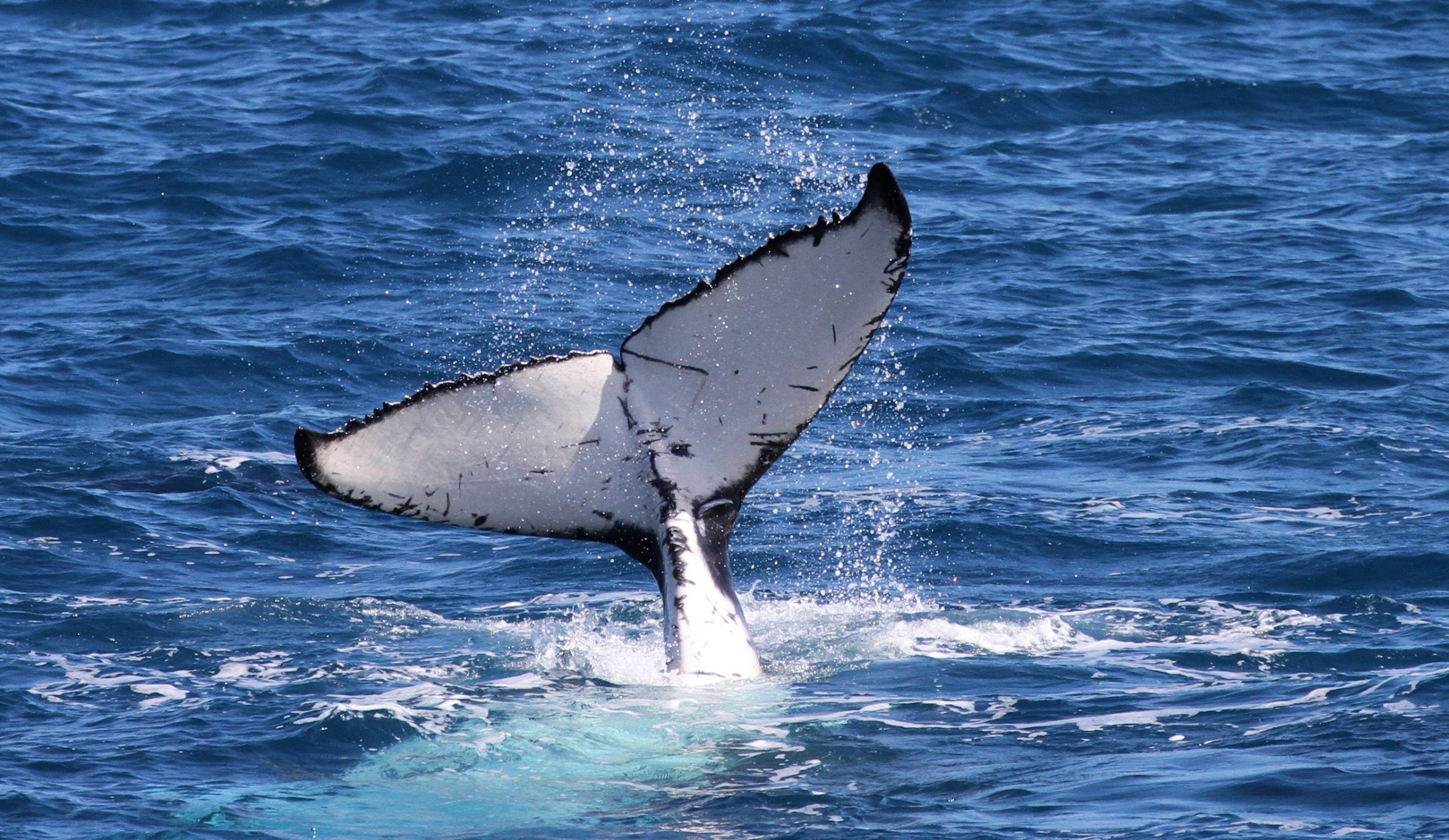
Interested in becoming a Hervey Bay Swim-With-Whales Impact Study citizen-scientist? Book HERE.
Research conducted opportunistically aboard PWF Eco-Adventures Australia’s commercial vessel and whales were not approached closer than 100 meters, per Australian regulations.
